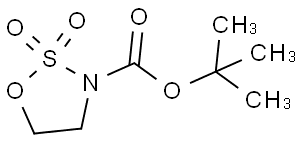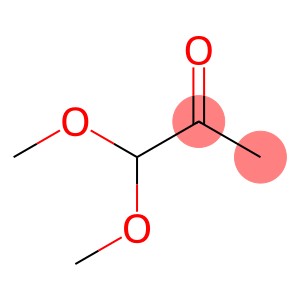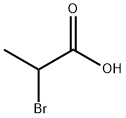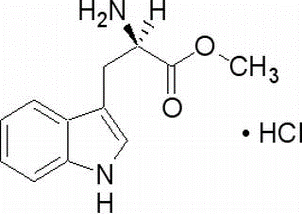4-(1-adamantyl)phenol(CAS# 29799-07-3)
| Hazard Symbols | Xi – Irritant |
| Risk Codes | 36/37/38 – Irritating to eyes, respiratory system and skin. |
| Safety Description | S26 – In case of contact with eyes, rinse immediately with plenty of water and seek medical advice. S36 – Wear suitable protective clothing. S37/39 – Wear suitable gloves and eye/face protection |
| WGK Germany | 3 |
| Hazard Class | IRRITANT |
Introduction
4-(1-adamantyl)phenol, also known as 1-cyclohexyl-4-cresol, is an organic compound. The following is an introduction to its properties, uses, manufacturing methods and safety information:
Quality:
4-(1-adamantyl)phenol is a white solid that has a peculiar strawberry flavor at room temperature. It has low solubility and is soluble in organic solvents such as alcohols and ethers, but insoluble in water.
Use:
4-(1-adamantyl)phenol is mainly used as one of the components of phenolic biogenic amine enzyme analysis reagents, which can be used for the determination of antioxidants and phenolic substances in fermentation processes.
Method:
4-(1-adamantyl)phenol can be synthesized by introducing a 1-adamantyl group on the phenol molecule. Specific synthesis methods include adamantylation, in which phenol and olefins are reacted acid-catalyzed to form compounds of interest.
Safety Information:
The safety information of 4-(1-adamantyl)phenol is not clearly reported. As an organic compound, it may have certain toxicity and may have irritating and sensitizing effects on the human body. It should be used in a well-ventilated area and stored away from fire and oxidizers. In any laboratory operation or industrial application, safe handling guidelines and proper handling methods should be followed.








